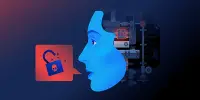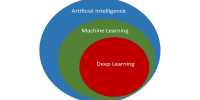Sir Tim Berners-Lee, creator of the first web browser Cop Web, has announced that he will auction off the source code of his creation in a series of NFTs. This came as a surprise to many, as Berners-Lee did not attempt to take advantage of the browser that was launched in 1991 and shut down in 1994.
Sotheby’s, the hosting agency for the NFT auction, said the proceeds would go to an initiative that supports Berners-Lee and his wife. The auction will be open from June 23 to June 30, with bids starting at $1,000.
There has been a lot of hype surrounding the NFT in recent times, with many more celebrities claiming to be involved. An NFT is not an actual digital object related to it but a digital certificate of ownership that is in the blockchain just like cryptocurrencies like Bitcoin. There has been a lot of hype surrounding the NFT in recent times, with many more celebrities claiming to be involved. An NFT is not an actual digital object related to it but a digital certificate of ownership that is in the blockchain just like cryptocurrencies like Bitcoin.
They created a lot of controversy by thinking that the power-ghazal nature is horrible for the environment. The reliability of NFTs was also questioned as NFTs relied on URLs and servers to host digital objects online and effectively refer to them. According to Sotheby’s, NFTs in the main web browser have four different “functions”. The first is “the original archive of dated and time-stamped files with source code” plus the original HTML document that instructs primary application users how to use the application. ” The second is an animated visualization of the code lasting 30 minutes 25 seconds (video, black and white, silent).”
The third is a “digital poster” in the form of a scalable vector graphics representation of the code, with the digital signature of Sir Tim Berners-Lee at the bottom right. The fourth is a letter in the README.md file (in “markdown” format) written by Sir Tim in June 2021, reflecting the code and the process of creating it.














